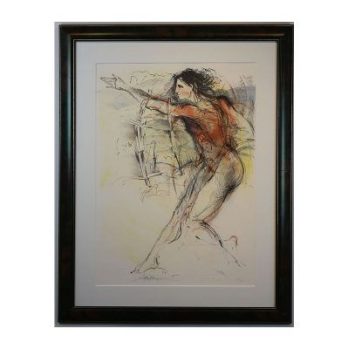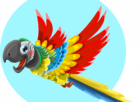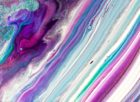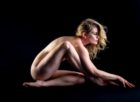Fashion Illustration: A Comprehensive Guide to the Art Form
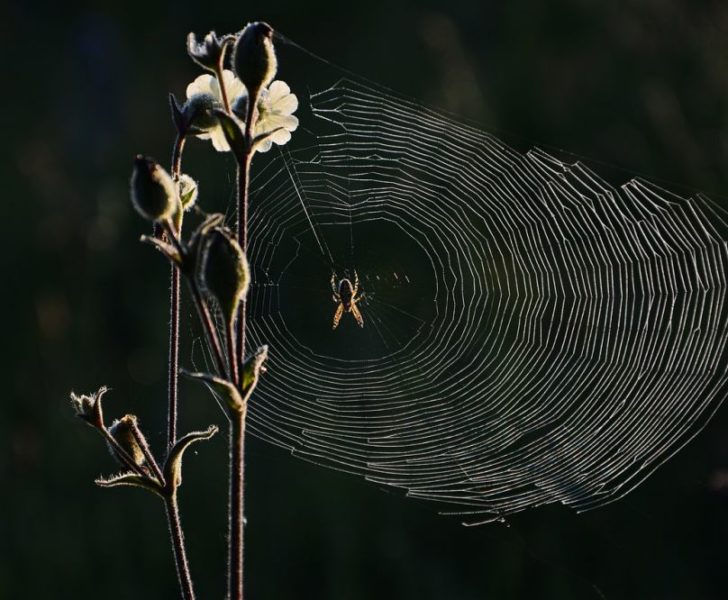
Introduction:
Fashion illustration is a captivating art form that has played a significant role in the fashion industry for centuries. It combines the skills of drawing, design, and representation to visually communicate the essence of fashion. In this article, we will delve into the world of fashion illustration, exploring its various types, popularity, and historical significance.
1. Overview of Fashion Illustration:
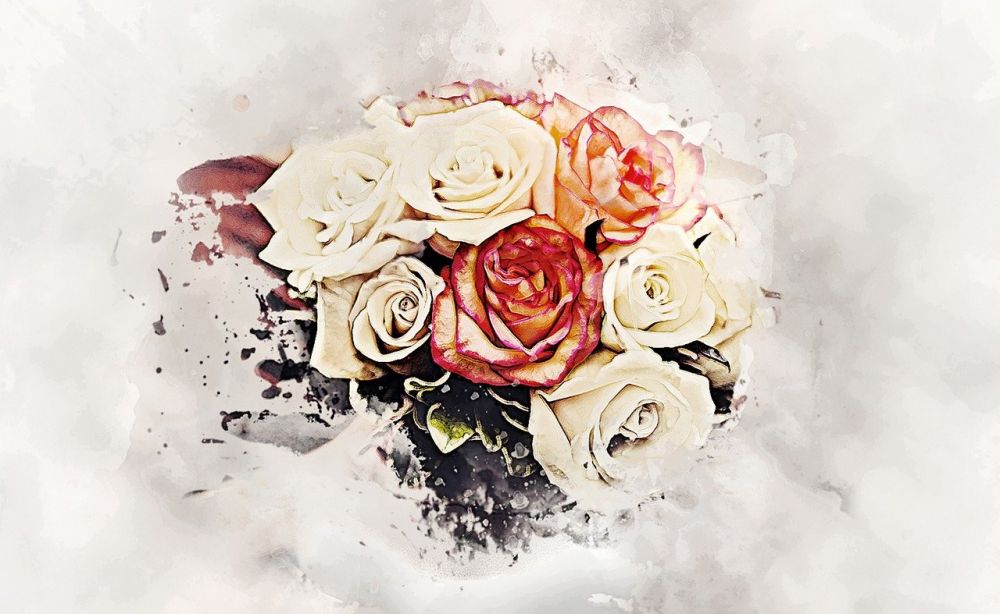
Fashion illustration refers to the visual representation of clothing and accessories through artistic techniques such as sketching, painting, or digital rendering. It serves as a crucial tool for fashion designers, stylists, and brands to showcase their ideas, concepts, and designs. The primary objective is to capture the essence, movement, and overall aesthetic of fashion in a visually appealing manner.
2. Types of Fashion Illustration:
a. Traditional Illustration: This involves hand-drawn or painted illustrations using various mediums such as pencils, watercolors, or markers. Artists often incorporate textures and patterns to enhance the visual impact.
b. Digital Illustration: With the advancements in technology, digital illustration has gained immense popularity. Artists use software and digital tools to create highly detailed and vibrant illustrations. This allows for greater flexibility and experimentation in terms of color, texture, and composition.
c. Mixed Media Illustration: This combines both traditional and digital techniques to create unique and visually striking illustrations. Artists may incorporate elements like collages, fabric cutouts, or photography into their work to add depth and complexity.
3. Popularity and Measurements in Fashion Illustration:
Fashion illustration is widely popular, both within the industry and among fashion enthusiasts. It is often featured in fashion magazines, online platforms, and social media. Quantitative measurements, such as the number of likes, shares, and comments on social media posts, indicate the level of engagement and interest in fashion illustrations. Fashion brands also use these measurements to evaluate the impact of their illustrations on consumer behavior and brand recognition.
4. Differentiating Styles in Fashion Illustration:
Fashion illustrations encompass a diverse range of styles, each with its own distinct characteristics. Some popular styles include:
a. Realistic: This style aims to portray fashion with precision, capturing intricate details and textures. Realistic fashion illustrations often resemble fashion photography and require a high level of technical skill.
b. Minimalistic: This style focuses on simplicity and minimal details, emphasizing clean lines, bold shapes, and negative space. It creates a contemporary and modern visual representation of fashion.
c. Expressive/Abstract: This style deviates from realism and focuses on conveying emotions, moods, or concepts through exaggerated shapes, vibrant colors, and unconventional compositions. It adds a unique artistic perspective to fashion illustration.
5. Historical Overview of Pros and Cons in Fashion Illustration:
Throughout history, fashion illustration has evolved, presenting both advantages and disadvantages. Some of these include:
a. Advantages:
– Allows for creative interpretation and visualization of fashion ideas.
– Provides a platform for experimentation and pushing boundaries.
– Enhances the storytelling aspect of fashion by capturing movement and ambiance.
b. Disadvantages:
– Limited representation of diverse body types and identities.
– Risks perpetuating unrealistic beauty standards.
– May overshadow the tactile experience of fabric and three-dimensional clothing.
Conclusion:
Fashion illustration is a fascinating realm where art and fashion converge. Its evolution, various styles, and quantitative measurements contribute to its enduring popularity. While fashion illustration has its pros and cons, its ability to capture the essence of fashion and trigger emotions makes it a powerful communication tool within the industry.
In summary, fashion illustration is not merely a depiction of clothing; it is an art form that tells stories, showcases creativity, and celebrates the ever-changing world of fashion. Whether in traditional or digital form, it continues to inspire and captivate audiences, preserving the essence of fashion for generations to come.

